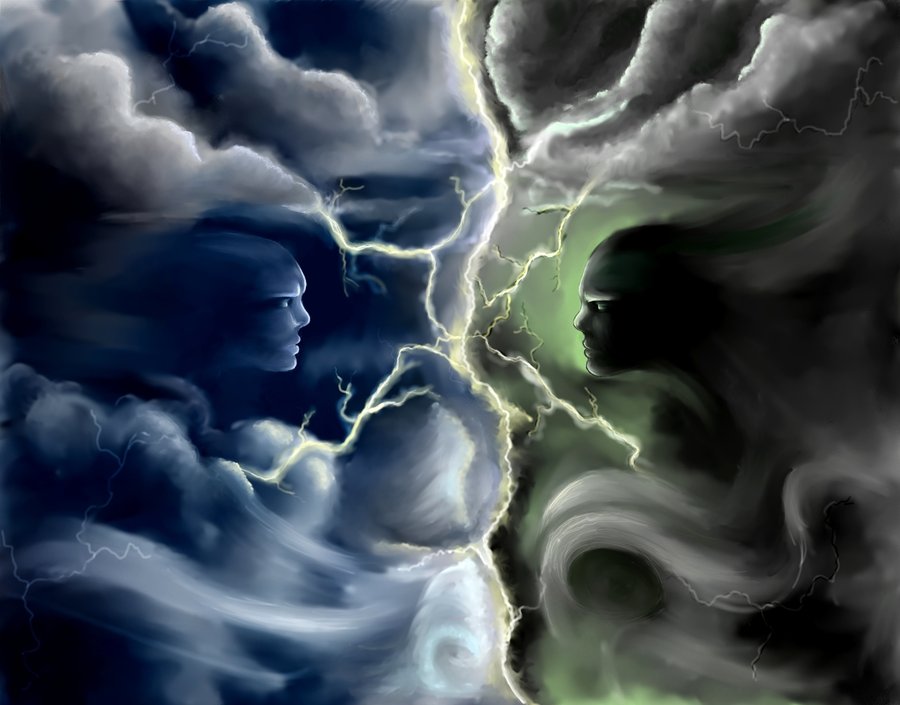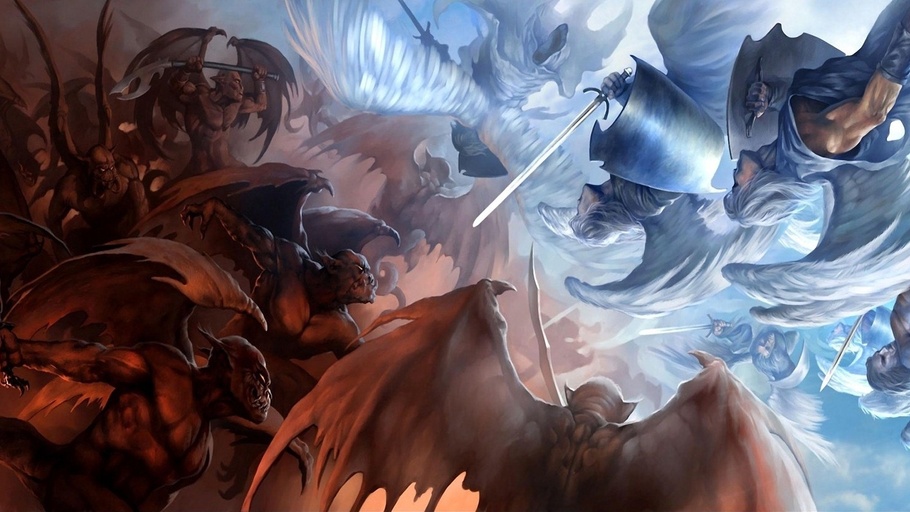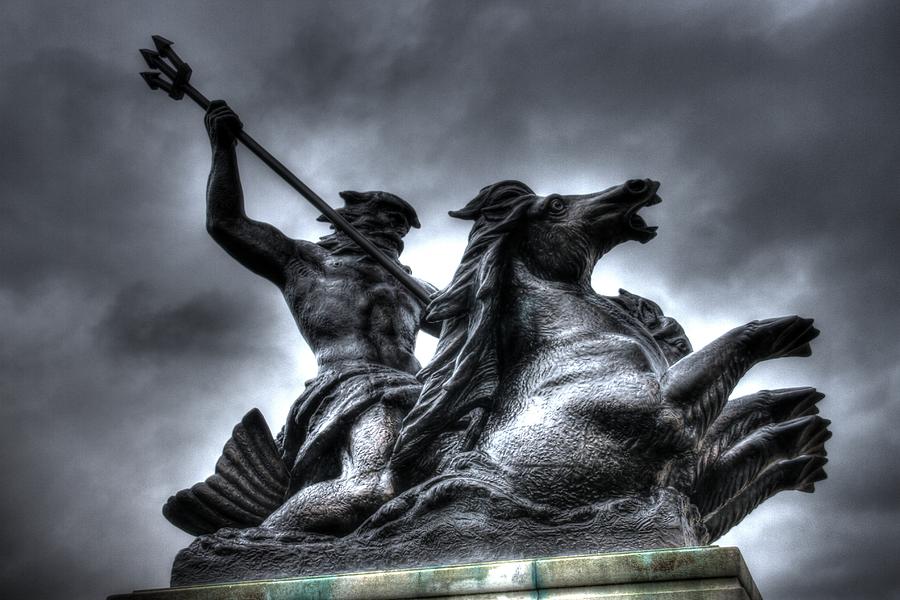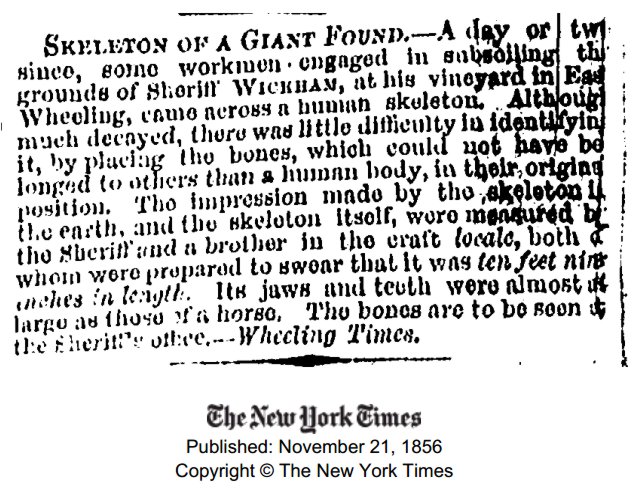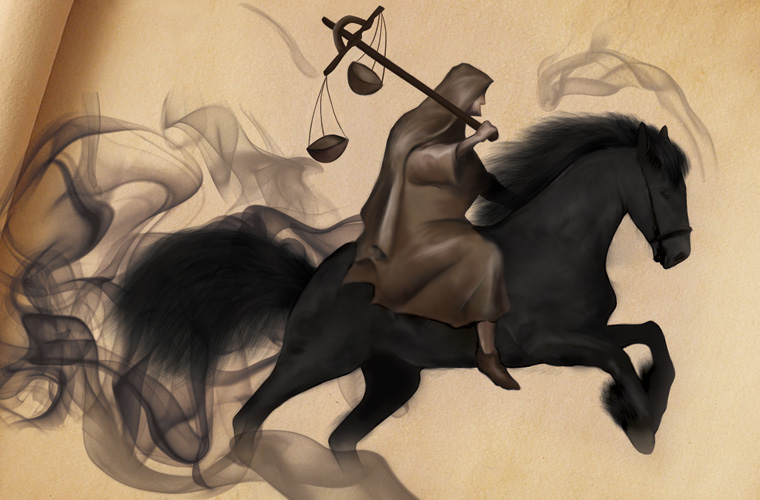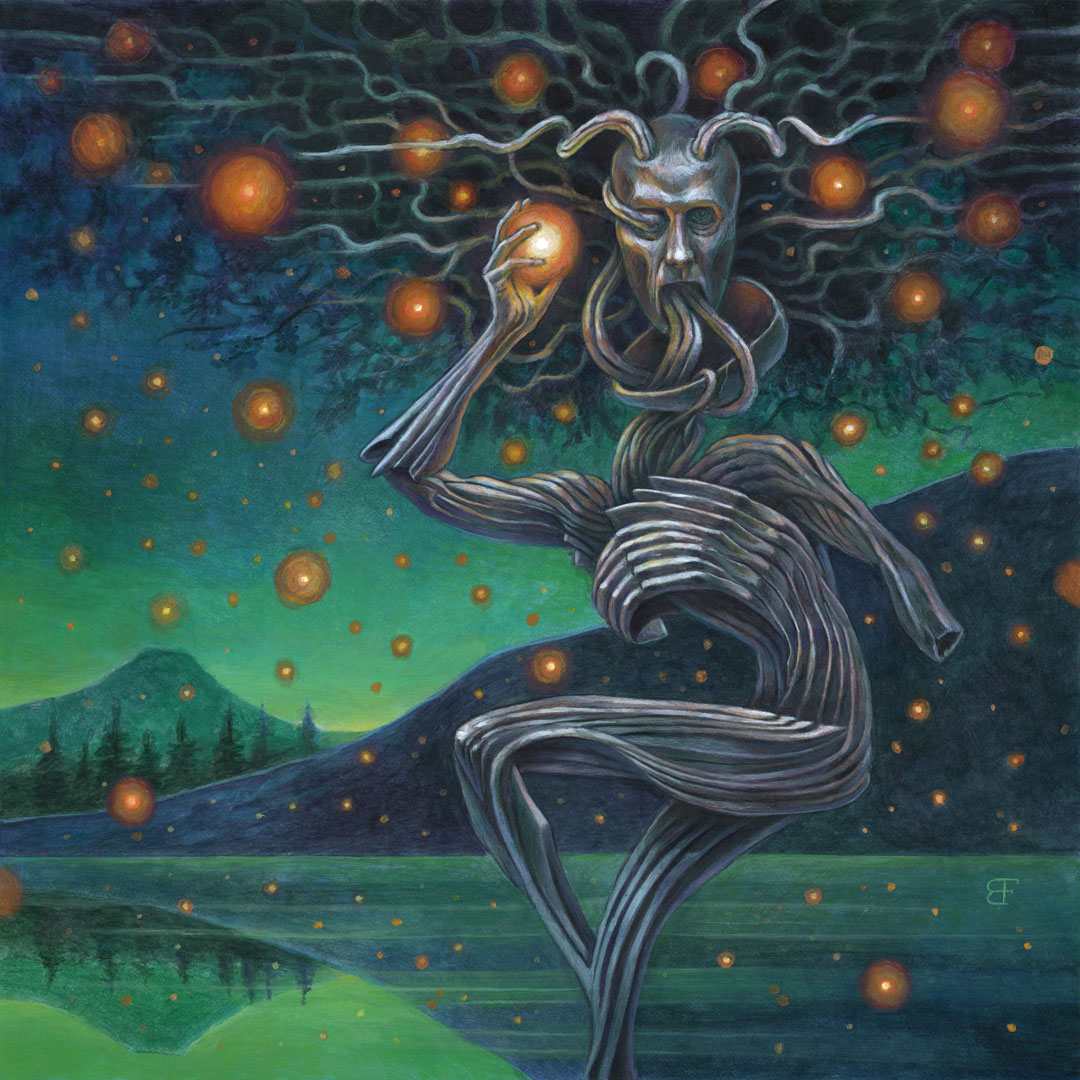The Centaurs (Ken-taurs or Khan-taurs) are known as mythological monster type creatures with the head, arms, and torso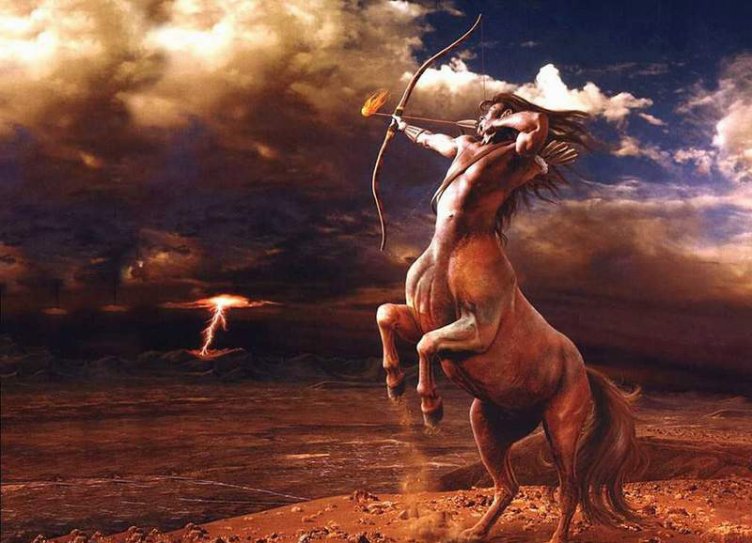 of a human, and the body and legs of a horse or a bull, who are often depicted holding a bow or a harp. The Centaurs were actually known to be a real tribe of people who originally inhabited Arcadia, now known as the island of Crete and also the mountains and forests of Magnesia which is now part of the region of Thessaly, Greece. In the bible they are known as the Nephilim, Anakim race, the Sons of God, and the Israelites who are also connected to both the Tribes of Judah and Benjamin.
of a human, and the body and legs of a horse or a bull, who are often depicted holding a bow or a harp. The Centaurs were actually known to be a real tribe of people who originally inhabited Arcadia, now known as the island of Crete and also the mountains and forests of Magnesia which is now part of the region of Thessaly, Greece. In the bible they are known as the Nephilim, Anakim race, the Sons of God, and the Israelites who are also connected to both the Tribes of Judah and Benjamin.
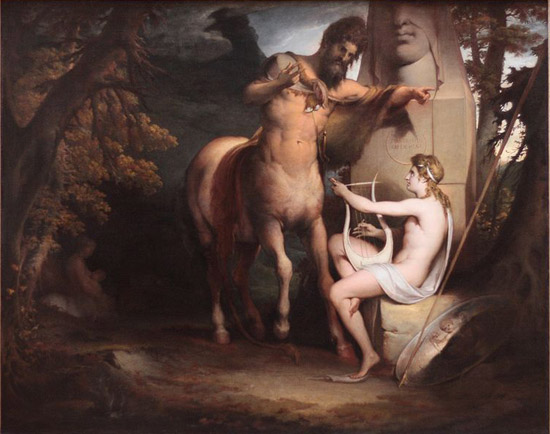 Similar man/animal creatures that are like the Centaur can also be found in the famous hieroglyph known as Baphomet, or older ones such as the God Pan of Crete, the Minotaur (Men-a-taur) of Crete, and the Tazu-o-men (Man—bull) of Sicily. Newer modern adaptations of the Centaur can be witnessed in places where this tribe eventually migrated. Places such as Britain where traces of the tribe known as the Jutes can be seen in both the Coat of Arms for the Kingdom of Kent, and also the Isle of Wight which I will explain in a later article. These same lands we can identify today through the science of archeology, symbology and DNA, as places where this particular tribe had settled over the last two thousand years.
Similar man/animal creatures that are like the Centaur can also be found in the famous hieroglyph known as Baphomet, or older ones such as the God Pan of Crete, the Minotaur (Men-a-taur) of Crete, and the Tazu-o-men (Man—bull) of Sicily. Newer modern adaptations of the Centaur can be witnessed in places where this tribe eventually migrated. Places such as Britain where traces of the tribe known as the Jutes can be seen in both the Coat of Arms for the Kingdom of Kent, and also the Isle of Wight which I will explain in a later article. These same lands we can identify today through the science of archeology, symbology and DNA, as places where this particular tribe had settled over the last two thousand years.
This is key in understanding that even though the half horse and half man Centaur was known as a mythological creature, they were in fact an actual symbolic and mythological representation of real people and a real tribe who had originally come to the West from places such as the islands of Crete, Dia, and also from Thessaly, and Athens, Greece. We can also say that this tribe was originally of Phoenician (Cretan) and of Semitic descent.
In the etymology of the word Centaur (or Kentaur), we find the two words Cen (Ken) and Taur. I have found the meaning in the name Cen or Ken, to represent fire or a torch. In Anglo Saxon, it is spelled Kenaz (“torch”), and the name Cinaed is partly derived from the Celtic aidhu, meaning “fire”. The king of the Picts, and first King of Scotland, Cináed mac Ailpín (Modern Gaelic: Coinneach mac Ailpein), commonly Anglicised as Kenneth MacAlpin would be named after this fire and torch. We can also connect Kenneth MacAlpin to the Kingdom of Kent because he is credited as indirectly creating the current day British monarchy; the current Queen Archon being Queen Elizabeth II.
The word taur would coincide with the Cretan (Minoan) Minotaur and their King Minos. This makes perfect sense, since both mythological figures would originate on the very same island of Crete. The word that connects both of these half men and half animal creatures is the word ‘taur, or latin taurus’ which we find the meaning ‘bull.’ It is well-known that the Cretans worshipped and were masters of the bull. They were the first people to introduce acrobatics involving the bull and also sacrifice to the bull.
In addition, the meaning of the name Minos is Jupiter, and the meaning of Minoans, are the children of Jupiter. The ancient symbol of the bull was always connected to the planet Jupiter, who in Greek mythology is represented by the God Zeus, and in ancient Egyptian mythology as Osiris. It was on Crete where the infant Zeus (or Jupiter) was hidden in a cave by his Mother Rhea and then entrusted to the care of the priesthood of the Curetes. This is where the mythology of Zeus, the bull and these half men and half creatures had originated.
Godfrey Higgins notes that Soros was the name given by the Egyptians to a stone coffin, and Apis was Osiris incarnated in the sacred bull. These two words combined result in Soros-Apis or Sor-Apis, “the tomb of the bull.” Among other meanings suggested for the word Serapis are: “The Sacred Bull,” “The Sun in Taurus,” “The Soul of Osiris,” “The Sacred Serpent,” and “The Retiring of the Bull.” The last appellation has reference to the ceremony of drowning the sacred Apis in the waters of the Nile every twenty-five years.
In Ancient Egypt, we can find that the Cretan (Phoenician) Centaur and Minotaur had become what is known today as the Egyptian Sphynx; a mythical creature with the body of a lion and a human head. The Greek historian Herodotus called the ram-headed sphinxes Criosphinxes and called the hawk-headed ones Hieracosphinxes. You will also find that the image of the sphinx has been adopted into Masonic architecture. The Lion symbology we can also connect to the Tribe of Judah who used the lion as their symbol which is further evidence connecting the Cretans (Phoenicians) to the current day British monarchy who also uses the lion as their symbol, and also to Egyptian lion symbology.
These were the children of Jupiter that held Jupiter as the Supreme God and Soul of the world. Those who have been known throughout history by a plethora of Babylonian names such as the Cretans, Arcadians, Phrygians, Phoenicians, Hellenes, Canaanites, Israelites, Minoans and the Jutes. Common sense tells us in using our most basic human reasoning skills, that all these people cannot be accredited with having each individually doing the same exact things such in history as bringing civilization to the West. Therefor, we must assume that these are the same people who can be all connected together as one people with just different names throughout written history who brought their culture, laws, and civilization into the West.
The mythology of the Centaurs is said to be first connected to the ancient Greek tribe called the Magnetes (Greek: Mάγνητες) who once inhabited the land now known as Thessaly. In the story of Hercules, the priests of Thessaly were called hippoi or horses (Ancient Greek: Ἵππος, “horse”). In book 2 of The Iliad, Homer had written that they were part of the Greek Army who helped besiege Troy, and identifies their homeland in Thessaly, and it is well-known that the Phoenicians had also frequented Thessaly. The Lapith tribe of Thessaly, who were the kinsmen of the Centaurs in myth, were described as the inventors of horse-back riding by Greek writers.
In ancient Thessaly and the islands of Crete, the priests were known as Kohen-taurs or Kentaurs (Centaurs) of the hill summits and mountains. Please note that the Phoenicians had called their priest Kohen. On Crete was their ancient labyrinth of the half bull and half human creature, Minotaur. It was here at Crete on Mount Ida where the Judeans and Tribe of Judah and the regions of Thessaly celebrated the rites of the Great Mother. The same Mount Ida where the infant Zeus who in mythology is Jupiter was hidden in a cave by the Great Mother Rhea (Cybele, Magna Mater) and later entrusted to the care of the priesthood who were known as the Curetes, Telchines, and the Priests of Pan to name a few.
These priests would give rise to most the religious rites through the Abrahamic religions and also the secret societies that 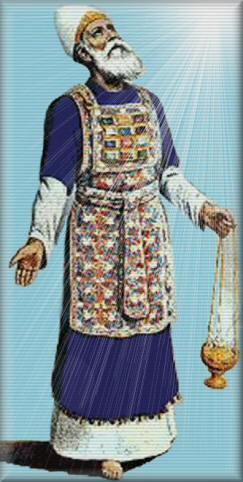 we see today. Like the island of Crete and the people who inhabited the isle, this priesthood has been known by several names throughout history, and their priest descendants have spread all around the globe. According to many historians such as Herodotus and Strabo, these priests were originally Phoenicians who had accompanied Cadmus out of Phoenicia.
we see today. Like the island of Crete and the people who inhabited the isle, this priesthood has been known by several names throughout history, and their priest descendants have spread all around the globe. According to many historians such as Herodotus and Strabo, these priests were originally Phoenicians who had accompanied Cadmus out of Phoenicia.
The various names I have connected to this priesthood are numerous and I have written about them many times before in previous articles. Names which Strabo had written such as the Curetes (Kuretes), Corybantes, Dactyls, Cabiri, and Telchines which are names that are often used interchangeably with one another. The first century Roman-Jewish historian Josephus essentially calls them the Jud or the Judeans (Idumean) of Mount Ida who I have connected today to the biblical Tribes of Judah and Benjamin.
Many of the original priests or Kohanim had come from the small dragon shaped island just 7 miles across from Crete today known as Dia, but back then it was called Kos (Cos). I had written about this priesthood many times in my articles, The Origins of the Kohen Priesthood, Dragon Isle: The Kohen of the Lost Island of Dia and The Lost Priesthood of the Kohen.
These priests were anciently known as the Koans (Coans) of Kos, and today they are called the Kohen (plural Kohanim). In the Torah, a priest of Baal are referred to as Cohen or Kohen, and is the same in Phoenician, Hebrew, Punic, Ugaritic, Ethiopian, Arabic and Aramaic which are all related languages. Koan, Koan, Kohn, Kahn, Coin, Cohen, Kohen etc. are all essentially the same word. The word Kohen can also be connected to Crete via the city today called Chania, but once known a Khan-ia (Canea).
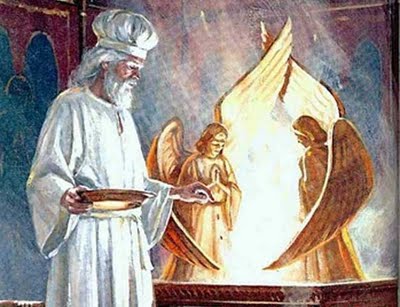 THE TRIBE OF THE CENTAUR BECOMES PART OF THE ROMAN EMPIRE AND CATHOLIC CHURCH
THE TRIBE OF THE CENTAUR BECOMES PART OF THE ROMAN EMPIRE AND CATHOLIC CHURCH
These priests claim direct patrilineal descent from the Biblical Aaron who is often called “‘Aaron the Priest“‘ (אֵהֲרֹן הֵכֹּהֵן), and once Aaron the Levite (אַהֲרֹן הַלֵּוִי) (Exodus 4:14). He who was the older brother of Moses, (Exodus 6:16-20, 7:7; Qur’an 28:34) and a prophet of God, that which we find in Baal which means “Lord and Master.” Today the Kohanim primarily designates Jewish priests, but also the biblical Samaritan Levites who became what the Father of English History and Doctor of the Church, Saint Bede had said “attached to the church.” Hence, the Levite Kohanim Hebrew Tribe of Phoenician (Cretan) Semites had helped form the Catholic Church.
The father of Alexander the Great, Philip II of Macedon was Archon of Thessaly which later became part of the Roman Empire as part of the province of Macedonia. The name Phillip we can connect to the Centaur using etymology. Phillip is derived from Philippos which is from the Greek: Φίλιππος Β΄ ὁ Μακεδών – φίλος phílos, “friend” and ἵππος híppos, “horse.” Today we find their descendants also often named Phillip such as King Philippe, current King of the Belgians and also Prince Philip, Duke of Edinburgh, (born Prince Philippos of Greece and Denmark) prince consort of Elizabeth II of the United Kingdom.
Their ancient symbol known as the centaur was used to identify their tribe because they were said to be the masters of the horse, and one of the first people to break the horse. They were also known as masters of the bow and you will sometimes find that these half men and half horse centaurs are often holding a bow and arrow. It is widely known that ancient Crete was the chief ancient place that had manufactured bows, and the Cretans were famed for their skill in archery.
Cretan bows were popular worldwide, and in Rome the bow as the family symbol became immortalized with the accession of Nerva and his Cretan family dynasty to the throne of Roman Emperor. The Roman-Cretan dynasty had used the emblematic white war-horse whose rider wears a laurel crown and holds the bow to represent their rule. (the royal badge of the Cretan nation)
Revelation 6:2; “I looked, and there before me was a white horse! Its rider held a bow, and he was given a crown, and he rode out as a conqueror bent on conquest.”
Various biblical passages connects the bow and arrow to the Tribe of Benjamin. In Chronicles 8:40; “The sons of Ulam were mighty men of valor, archers, and had many sons and grandsons, 150 of them. All these were of the sons of Benjamin.” And in Chronicles 14:8; “Now Asa had an army of 300,000 from Judah, bearing large shields and spears, and 280,000 from Benjamin, bearing shields and wielding bows; all of them were valiant warriors.” The bow is a symbol representing strength (Job 29:20; Job 30:11; Eze. Eze. 39:3).
Both the Tribes of Judah and Benjamin I have connected to the Holy Island of Crete in many of my past articles, and today to the Jutes and Freemasons in Britain who are now known as the British Monarchy and Dukes of Ken-Taur.
As the great Chinese philosopher Confucius (551–479 BC) said: ‘Signs and symbols rule the world, not words nor laws.’

Moe is the founder of GnosticWarrior.com. He is a father, husband, author, martial arts black belt, and an expert in Gnosticism, the occult, and esotericism.

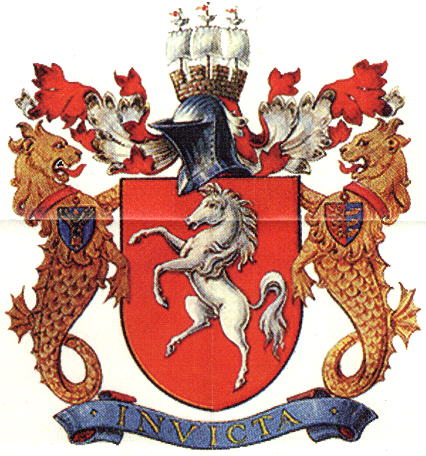
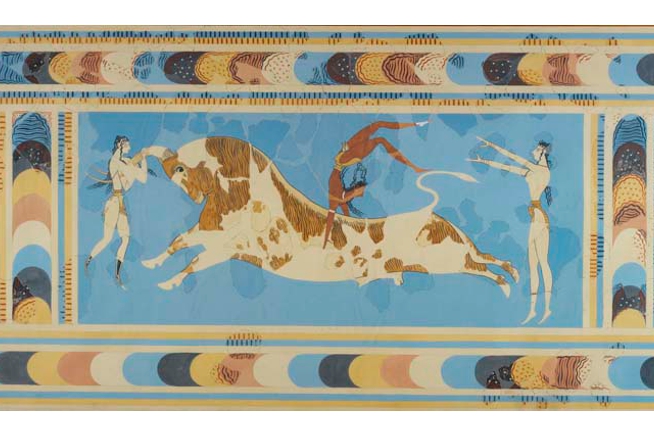
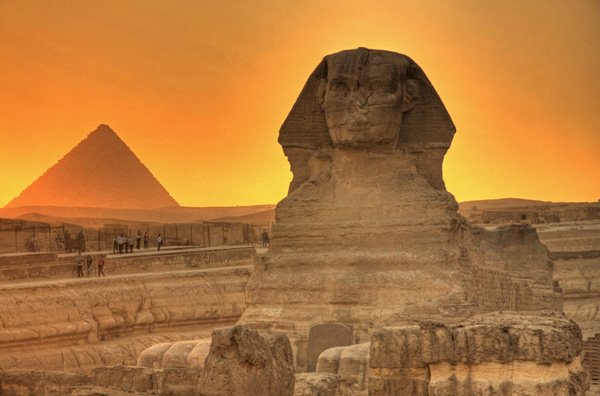
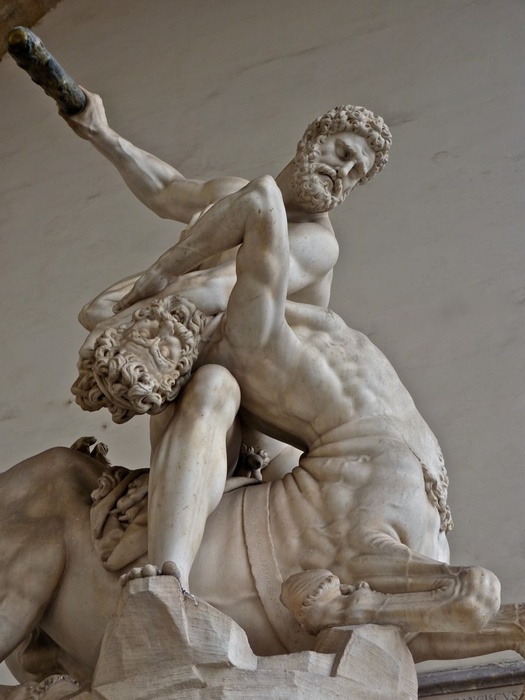
![How miracles of healing have been frequently wrought in the place where King Oswald was killed; and how, first, a traveller’s horse was restored and afterwards a young girl cured of the palsy [642 A.D.] | Book 3 | Chapter 9 How miracles of healing have been frequently wrought in the place where King Oswald was killed; and how, first, a traveller’s horse was restored and afterwards a young girl cured of the palsy [642 A.D.] | Book 3 | Chapter 9](https://www.gnosticwarrior.com/wp-content/plugins/contextual-related-posts/default.png)
